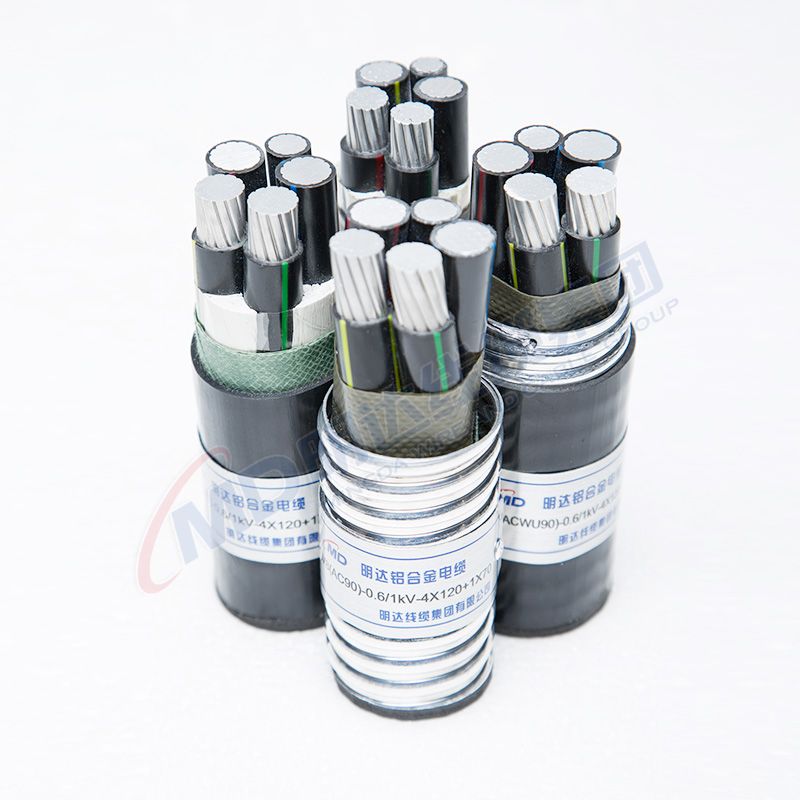10 月 . 21, 2024 12:21 Back to list
Durable Stainless Steel Ball Check Valve for Reliable Fluid Control Systems
Understanding Stainless Steel Ball Check Valves Functionality, Benefits, and Applications
Stainless steel ball check valves play a crucial role in various fluid systems by ensuring that liquids or gases flow in one direction while preventing backflow. These valves are designed to enhance system efficiency, minimize contamination, and prolong the lifespan of system components.
What is a Ball Check Valve?
A ball check valve consists of a spherical ball that sits in a seat within the valve body. The valve operates based on the pressure differential across the ball; when the inlet pressure exceeds the outlet pressure, the ball is pushed away from the seat, allowing fluid to flow through. When the flow stops or reverses, gravity pulls the ball back into the seat, effectively sealing the valve and preventing backflow.
Key Features of Stainless Steel Ball Check Valves
1. Material Durability Stainless steel is known for its strength, resistance to corrosion, and ability to withstand high temperatures. This makes stainless steel ball check valves particularly suitable for harsh environments and applications involving corrosive substances.
2. Fluid Compatibility These valves can handle a wide variety of fluids, including water, oil, gas, and various chemicals, making them versatile for numerous industries.
3. Low Maintenance The simplistic design and reliable functionality reduce maintenance needs. Stainless steel's inherent resistance to wear and tear means these valves can last for years without needing replacement.
4. Compact Design Their small footprint allows for easy installation in tight spaces, making them an ideal choice for applications where space is limited.
5. High Flow Capacity Stainless steel ball check valves provide a low-pressure drop across the valve, which means they allow for higher flow rates, increasing system efficiency.
Benefits of Using Stainless Steel Ball Check Valves
1. Preventing Backflow The primary function of a check valve is to prevent backflow, which can cause contamination, damage to pumps, and inefficiencies in the system. This is critical in many industrial processes where the integrity of the fluid must be maintained.
stainless steel ball check valve

2. Improved System Efficiency By ensuring unidirectional flow, these valves help maintain the performance of pumps and other equipment, leading to increased overall efficiency in fluid handling systems.
3. Safety Assurance In applications involving hazardous materials, the ability to prevent backflow mitigates the risk of contamination and ensures operational safety.
4. Cost-Effectiveness The long lifespan and low maintenance requirements of stainless steel ball check valves lead to significant cost savings over time, making them an economical choice for many applications.
Applications of Stainless Steel Ball Check Valves
Stainless steel ball check valves are utilized in a wide range of industries, including
- Water and Wastewater Treatment These valves are crucial in maintaining the flow of water and wastewater while preventing contamination between different stages of treatment.
- Oil and Gas In the petroleum industry, these valves are used in pipelines and processing equipment to prevent backflow, maintaining system integrity and safety.
- Chemical Processing The chemical industry benefits from stainless steel ball check valves due to their compatibility with various aggressive fluids.
- Food and Beverage In food processing, maintaining hygiene and preventing contamination is essential. Stainless steel check valves meet sanitary standards, making them ideal for such applications.
- Marine and Offshore The corrosion resistance of stainless steel makes these valves suitable for marine environments, where exposure to saltwater can lead to rapid degradation of less durable materials.
Conclusion
Stainless steel ball check valves are an essential component in various industries, providing significant advantages in terms of flow control, safety, and reliability. Their durability, low maintenance needs, and effectiveness in preventing backflow make them a preferred choice in fluid handling systems. As industries continue to evolve and demand more efficient and reliable solutions, the importance of high-quality components like stainless steel ball check valves will undoubtedly increase. Understanding their functionality, benefits, and applications equips engineers and decision-makers with the knowledge to choose the best valves for their specific needs, ultimately contributing to the efficiency and reliability of their operations.
Share
-
Understanding the Differences Between Wafer Type Butterfly Valve and Lugged Butterfly ValveNewsOct.25,2024
-
The Efficiency of Wafer Type Butterfly Valve and Lugged Butterfly ValveNewsOct.25,2024
-
The Ultimate Guide to Industrial Swing Check Valve: Performance, Installation, and MaintenanceNewsOct.25,2024
-
Superior Performance with Industrial Swing Check Valve: The Essential Valve for Any SystemNewsOct.25,2024
-
Industrial Swing Check Valve: The Ideal Solution for Flow ControlNewsOct.25,2024
-
You Need to Know About Industrial Swing Check Valve: Functionality, Scope, and PerformanceNewsOct.25,2024